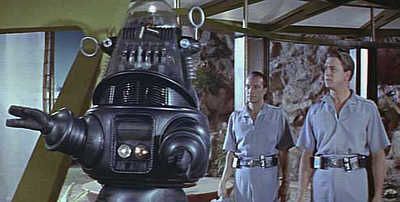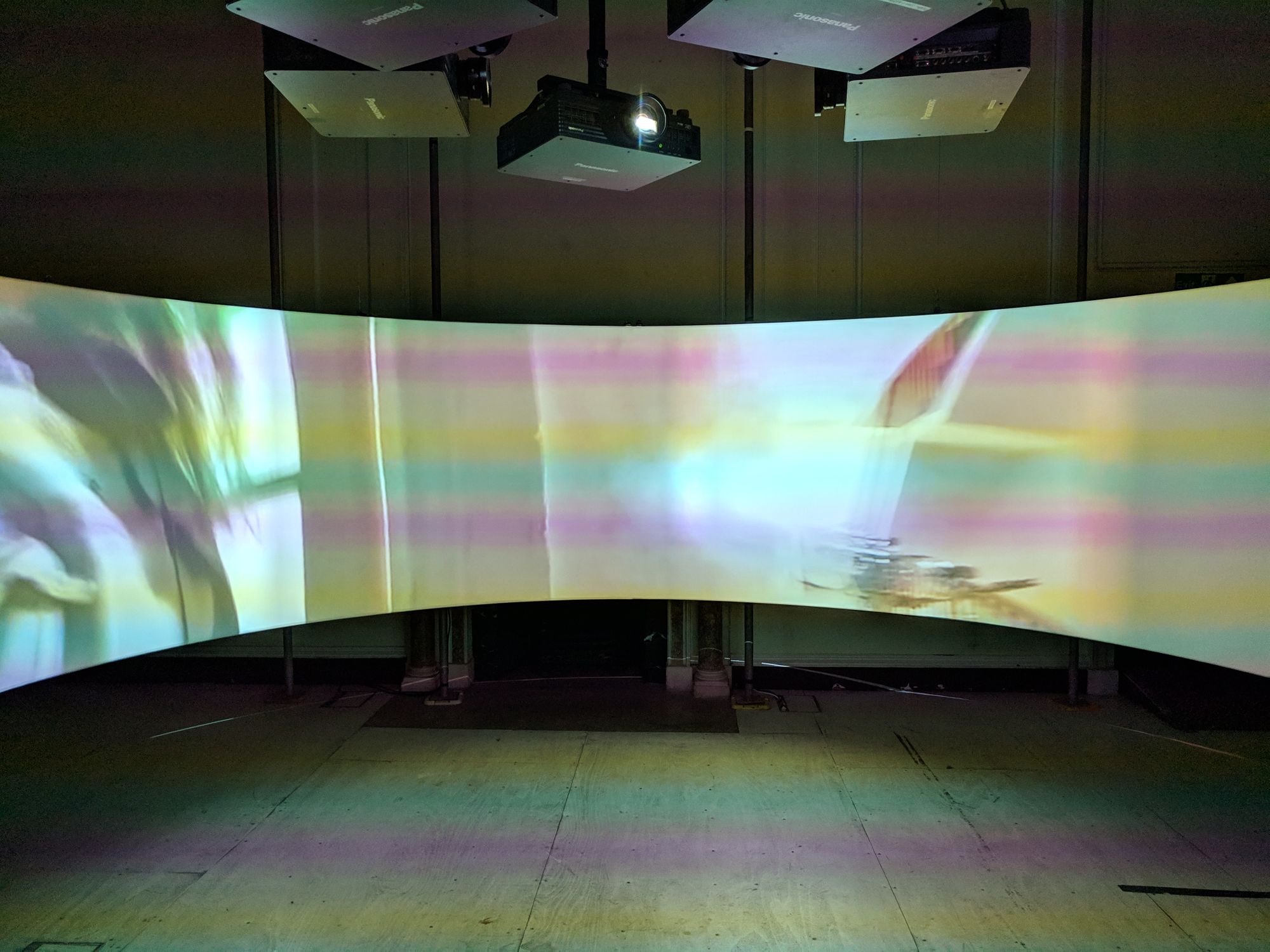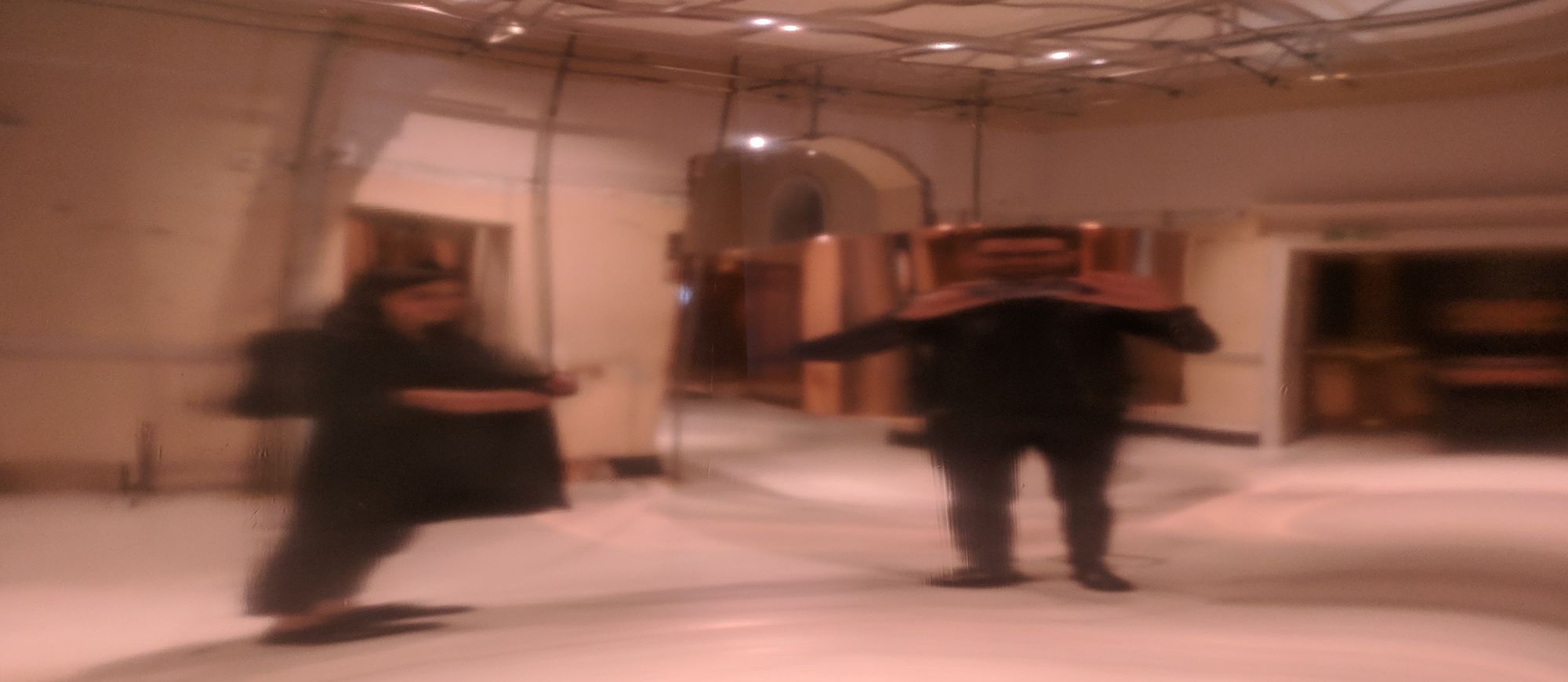This week our reading was from Lucy Suchman, Human–Machine Reconfigurations or Demystifications and Reenchantments of the Humanlike Machine. The topic is one that interests me immensely and that I've thought about since a young child. Can a machine be truly intelligent? can it be alive? can they really think? As I've grown older I've realised the difficulty in answering these kinds of questions lies as much in framing the question as the definition of any answer.
During the lecture we looked at the “Humanlike” machines Cog and Kismet. I remember seeing them as a child and not really understanding the point, they seemed so hopeless, but it makes much more sense now, both as a technical point of achievement but also as concrete point on which to debate and think about intelligence. The embodiment of it is somewhat arbitrary and perhaps I might cynically think designed more for press releases than communication.
In the lecture we gave thought as to what it means to be human. Humanity spans a long time and a great variety of cultures, dogmas and religions. It's all to easy to frame humanism is a simple view of current Euro-American norms.
Suchman looks at Haraway's ideas of figuring language
Haraway’s argument is, first, that all language, including the most technical or mathematical, is figural; that is, it is made up of tropes or “turns of phrase” that invoke associations across diverse realms of meaning and practice.
and that technology is materialized figuration building similar associations
Technologies, Haraway argues, are forms of materialized figuration; that is, they bring together assemblages of stuff and meaning into more and less stable arrangements. These arrangements imply in turn particular ways of associating humans and machines.
So if we look at human understanding as technology that can have a different configuration then we can start to think what else might exist and not consider current practice to be universal.
We then considered three elements: embodiment, emotion and sociality.
Embodiment has grown with thoughts of AI and is a fundamental condition for intelligence. The body is sender/receiver to the world (interface). I initially disagreed, with this idea as I think intelligence can exist without body, but I see the difficulties of defining what is a body and what the environment for the mind is without any sense of body. Do we count any form of computation on which a mind exists as the body? Is it of any importance or effect if a mind can be cloned and replayed on different hardware, would such a thing be possible? It reminds of the science fiction The Moon is a Hash Mistress by Robert Heinlein. (Spoilers) Where the sentient computer HOLMES IV is damaged in a war, and although the hardware is reconstructed, the computer never regains consciousness.
Emotion - AIs to replicate human emotional experience, ideas of tutors advisers and psychotherapist. Influences emotion (This made me think about the use of robots on Facebook and other social media, and of boards like 4Chan where highly-technically aware people discuss using bots for individual mental manipulation and social engineering on grand scales. Perhaps in the end AIs trained to read emotions, perhaps can do it better than humans, there have already been some experiences showing they can perhaps be better than the “average” person.
Social - physical robots in fiction and as experiments. We have many examples of robots in fiction. The two which I think about the most and find compelling are Robby the Robot and The Terminator. The first, comes from Forbidden Planet, a sci-fi reworking of The Tempest, where Robby is a creation of Dr Morbius (Prospero). Robby is slow of foot, but of vast intelligence and can replicate certain matter. When the crew of the ship are confronted by a beast, the orders given to Robby to kill it cause him to shut down, since he understands (which the crew do not) that the source of the beast is his master, Dr Morbius, and like in Asimov's laws he is forbidden from killing humans.

In the Terminator we see an interesting duality, where a copy of the same machine which attempted to kill Sarah Connor has been sent back in time, to protect her son John. I won't go on to describe the rest of the film, as you have probably seen it (or should do), but I think this duality is a large part of makes it a compelling film as we play on this idea of a near perfect villains and heroes, machines like us but more powerful and almost unstoppable.
Watching John with the machine, it was suddenly so clear. The Terminator would never stop. It would never leave him. It would never hurt him, never shout at him, or get drunk and hit him, or say it was too busy to spend time with him. It would always be there. And it would die to protect him. Of all the would-be fathers who came and went over the years, this thing, this machine was the only one that measured up. In an insane world, it was the sanest choice.
Gallery Visits
This week I visited Hannah Perry's GUSH at Somerset House. The show had a number of paintings and two immersive pieces, a large multi-room sculpture and a video installation which I focus on in this post.
Through the works Hannah addresses the recent suicide of her friend Pete Morrow. The pieces deal with some of the aspects of mental health and psychosis.
The first piece is a large snaking sculpture made of reflective copper coloured film. Behind the film are regularly placed large diameter speakers which produce a low tone which causes the film to vibrate, starting with a very low intensity which increases at the pitch of the tone rises. The effect is mesmerising and really gives a feeling of becoming alienated from your own sense of self as your own reflection becomes increasing frenetic, distorted and loses focus and meaning. In this way it gives a visceral insight in to psychosis which I've never encountered in an art work before.

The video installation is immersive, using a five projector setup to show video-mapped footage on a wrap-around screen arranged in an long wide arc. Hannah created the footage on a custom 360° camera. It shows excerpts from her daily life, studio work and friendship with Pete, intermixed with scrolling text. The video is extremely compelling, and I noticed that most people viewing the piece stayed for at least 10 minutes, which in my experience is far longer than I normally see for video projection artworks.
